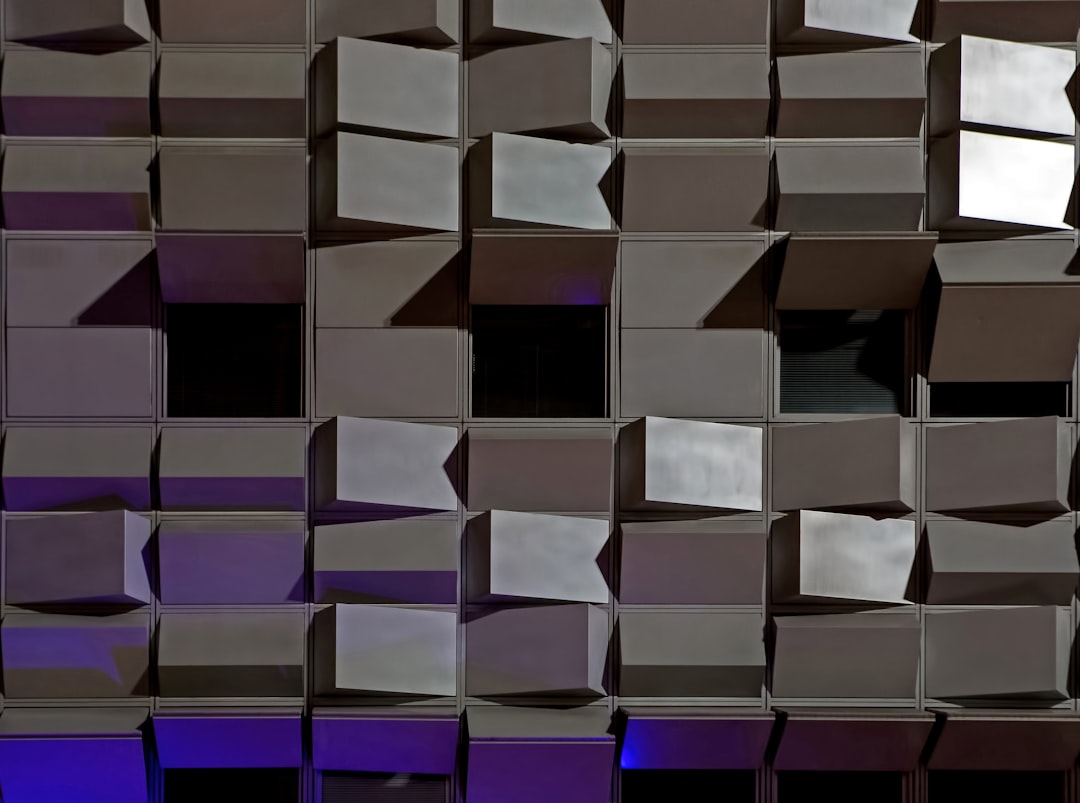What is it about?
The LaAlO3 and SrTiO3 materials are called functional oxides. While assembled together in a bi-layer and more especially in a perovskite heterostructure, an accumulation of electrons appears at the interface with a depth of few nanometers. This accumulation creates an interesting property called two dimensional electron gas (2DEG) with very high mobility at low temperatures, lower than 10 K. This particular property can be exploited for numerous applications such as in microelectronics for the transistors, or in bio-inspired electronics as artificial synapses stimulated by optical pulses. Although this property is observed since 20 years, it origin is still not clear. Two explanations have been proposed; the first is the polar discontinuity at the interface and the second is the electronic defect states. More recently, it has been proposed that polar discontinuity triggers the spontaneous formation of some defect states which would induce electron accumulation in the LaAlO3/SrTiO3 heterostructure at the interface. In our paper, we analyze the defect state properties using a technique called Deep-Level Transient Fourier Spectroscopy (DLTFS) in the LaAlO3/SrTiO3 heterostructure. Some defect states were found such as the oxygen vacancies and were related to static electrical characteristics.
Featured Image

Photo by Laura Ockel on Unsplash
Why is it important?
Oxide-based perovskite heterostructures show a wide range of physical properties such as ferroelectricity, superconductivity, or ferromagnetism which make them appealing for the development of multi-functional materials for a wide range of applications. Many of these properties come from defect states in these heterostructures. This observation raised the interest of identifying defect states in the oxide-based heterostructure, and the characterization of these defect states is a central piece of research for applications of semiconductors in electronic devices. In the case of the LaAlO3/SrTiO3 heterostructure, for the first time the defect properties (such as activation energies and capture cross sections), that were not accessed using other methods seen in the literature, were extracted.
Read the Original
This page is a summary of: Electrical characterization and extraction of activation energies of the defect states in the LaAlO3/SrTiO3 heterostructure, Applied Physics Letters, August 2022, American Institute of Physics,
DOI: 10.1063/5.0101255.
You can read the full text:
Contributors
Be the first to contribute to this page










